Instructional Series
This site will be closing soon as its content has moved to Tāhūrangi.
2024 titles are available on Tāhūrangi. Use the filters to find specific series.
Find Literacy resources at Tāhūrangi - Literacy.
Welcome to the English medium literacy instructional series teaching and learning resources for years 1 to 8.

- Gold
- Purple
- Green
- Orange
- 2
- 3
- 4
- 1
- 4
- 5
- 6
- 7
- 8
- 3
- 2
- English
- Social Sciences
- The Arts
- Health and Physical Education
- Science
- Technology
- Learning Languages
- Mathematics and Statistics
- Non-fiction
- Fiction
- None
- Nature of science
- Living world
- Nature of technology
- Geometry and Measurement
- Planet Earth and beyond
- Statistics
- Critique evidence
- Engage with science
- Articles
- Stories
- Poems
- Plays
Search results
78 items - Showing 31 - 40
-
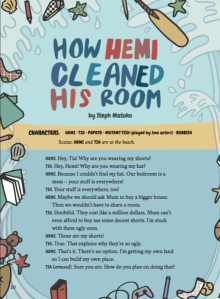
-
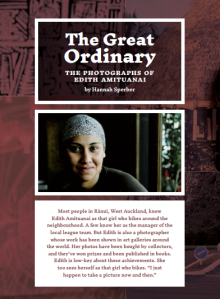
The Great Ordinary: The Photographs of Edith Amituanai
by Hannah Sperber
This article explores the work of a prize-winning West Auckland photographer whose work has been shown around the world. Edith Amituanai photographs the ordinary, everyday world around her, documenting it as a record for the future.
-
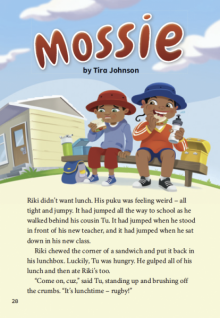
Mossie
by Tira Johnson
"Riki didn’t want lunch. His puku was feeling weird – all tight and jumpy. It had jumped all the way to school as he walked behind his cousin Tu."
-
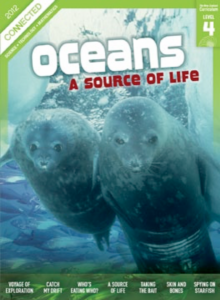
Voyage of Exploration
by Elinor Chisholm
In “Voyage of Exploration”, students read about the marine diversity in New Zealand’s territorial waters and the process that NIWA scientists use to classify organisms.
-
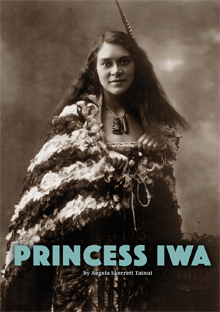
Princess Iwa
by Angela Skerrett Tainui
Meet the young woman from Bluff who shared her culture on the world stage.
One day, many years ago, I was visiting my pōua when I noticed a photo of a beautiful wahine on the wall. She had long, wavy hair and wore a kākahu around her shoulders and a hei tiki around her neck. She looked to be about eighteen.
-
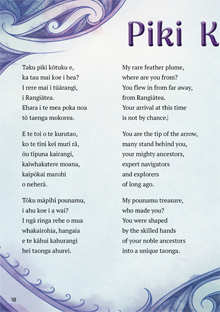
Piki Kōtuku
by Ariana Tikao
Taku piki kōtuku e, ka tau mai koe i hea? I rere mai i tūārangi, i Rangiātea. Ehara i te mea poka noa tō taenga mokorea.
My rare feather plume, where are you from? You flew in from far away, from Rangiātea. Your arrival at this time is not by chance.
-
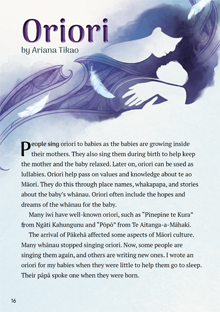
Oriori
by Ariana Tikao
People sing oriori to babies as the babies are growing inside their mothers. They also sing them during birth to help keep the mother and the baby relaxed. Later on, oriori can be used as lullabies. Oriori help pass on values and knowledge about te ao Māori. They do this through place names, whakapapa, and stories about the baby’s whānau. Oriori often include the hopes and dreams of the whānau for the baby.
-
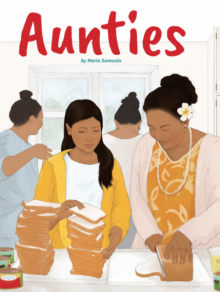
Aunties
by Maria Samuela
illustrations by Leilani Isara
Maria Samuela’s affecting story chronicles the week leading up to the narrator’s mother’s funeral, with all its sadness and confusion and overwhelming sense of loss. The story’s one light is the presence of the narrator’s extended family – and the sense that her many aunties will continue to be there in the future, providing the kind of support and love that usually comes from a mother. The text includes references to a girl’s first period.
-
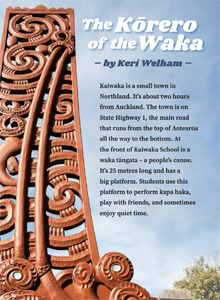
The Kōrero of the Waka
by Keri Welham
Te Waka Rangimārie o Kaiwaka is a 25-metre waka at the entrance to Kaiwaka School in Northland. The waka welcomes people to the school and is also enjoyed as a kapa haka platform, a play area, and a quiet place to sit. The focus of this article is on the whakairo (carvings) of the waka, which tell stories about the Kaiwaka area and the school community. The article includes a profile of carver Tim Codyre, who speaks of the rich and changing traditions of whakairo.
-

The Story of Taranaki
by Hone Rata, illustrations by Taupuruariki Whakataka Brightwell
This traditional story, known by many iwi in the Taranaki area, tells how Mount Taranaki was once called Pukeonaki and stood in the centre of the North Island, close to Mount Tongariro. The two mountains fought over Pihanga, a nearby mountain. Tongariro won and Pukeonaki left in anger and grief, travelling to his present position and forming the Whanganui River on the way. The people who came to live in the region later named him Taranaki.





 Literacy Online home
Literacy Online home
